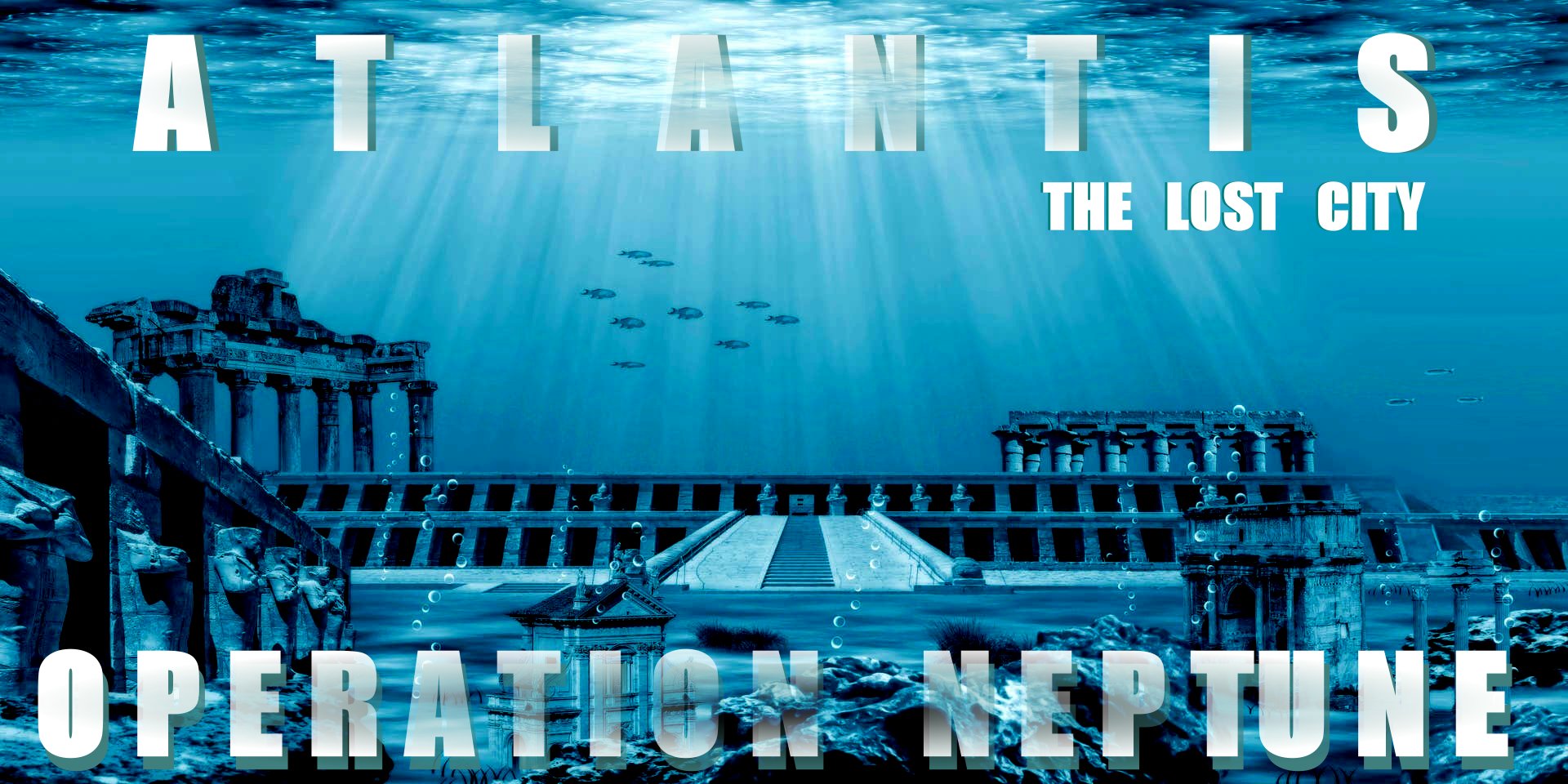|
MALTA -
MEDITERRANEAN ISLANDS
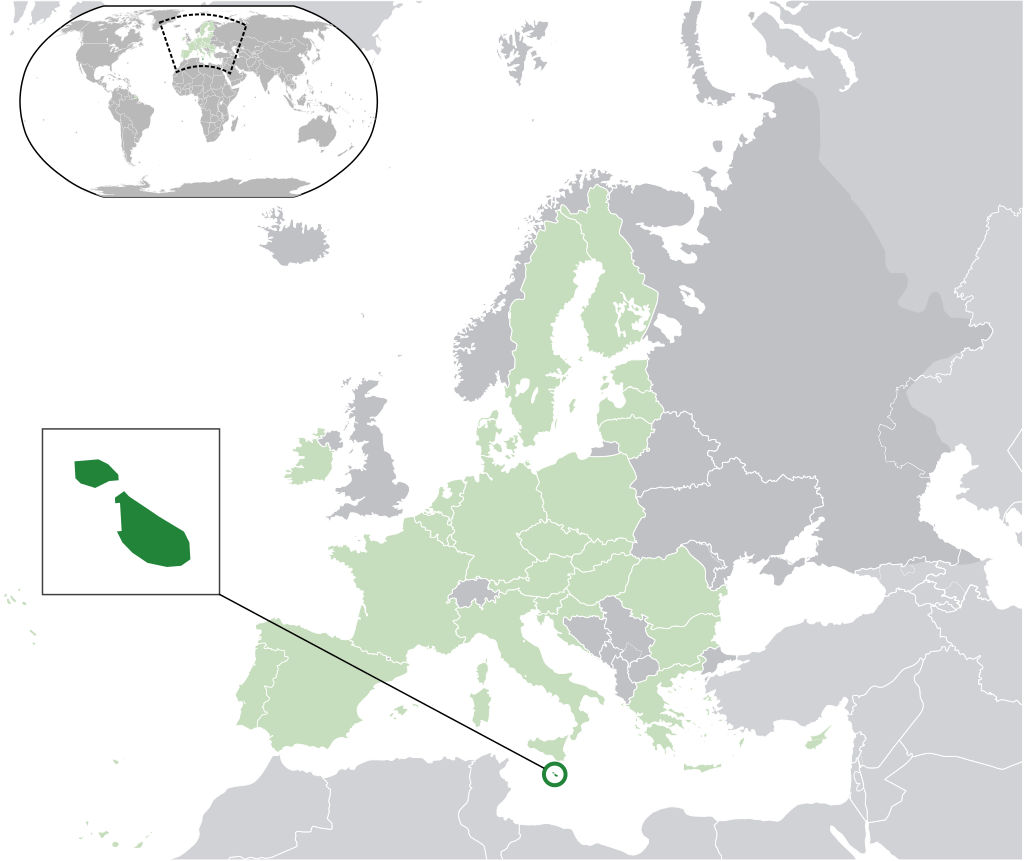
The connection between the myth of Atlantis and the islands
of Malta: The mystery of the lost Atlantis is one of the most popular myths in the world. However,
to date, no one has ever proved Atlantis truly existed.
Volcanic eruptions, like earthquakes, cause
tsunamis, and tsunamis are known to have sunk a number of cities, namely Alexandria
further south in the Mediterranean
Sea, and Port
Royal in the Caribbean
Sea.
Taking
these examples onboard, it is possible that part of the Maltese islands or
coast, may have been subsumed.
The first written source for the myth of Atlantis originates from the Athenian philosopher Plato (427- 437 BC). He stated that the people of Atlantis lived peacefully on a prosperous island beyond the Pillars of Hercules (today's narrow passages of Gibraltar), so it is assumed that Atlantis was probably located somewhere between Europe and America, maybe in the Atlantic Ocean. However, it is doubted that such an advanced civilization, like the one described by Plato, ever existed as back in the past as it is mentioned.
The story of Atlantis was conveyed to Solon by Egyptian priests on one of his trips to
Egypt, as says, Plato. Likewise, Plato describes the story of Atlantis in his dialogues Critias and Timaeus. Among the impressive things that Solon heard from the priest was that the Atlantians originally had divine powers but gradually lost them. After they were left only with human powers, they decided to go against other prosperous islands. They traveled around the Mediterranean and conquered many places until they were defeated by the Athenians. Eventually, the anger of the gods for the arrogance of the Atlantians lead to their punishment. The Olympians obliterated Atlantis in one night, leaving only masses of mud behind.
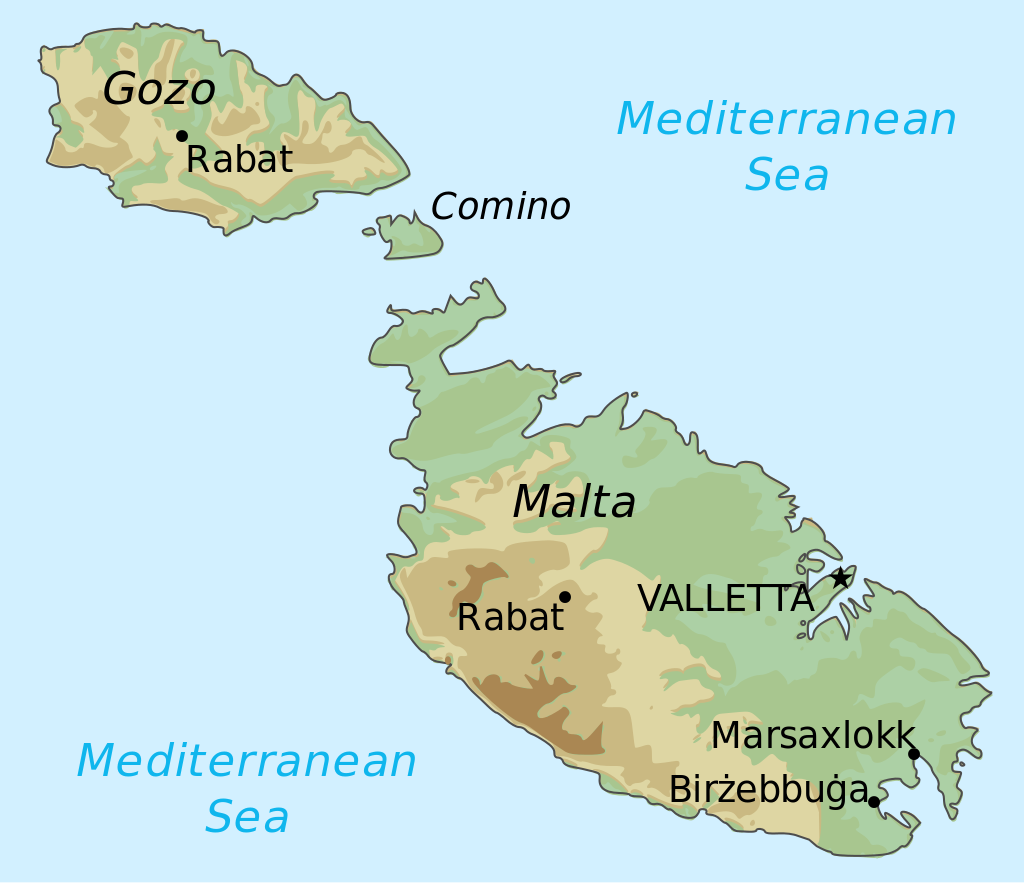
Scientists have today concluded that the mystery of Atlantis island is just a myth with countless unanswerable questions. Therefore, it is possible that Atlantis never existed. However, this myth has raised many arguments and has inspired much talking on this myth.
Malta, being situated in the dividing line between the western and eastern Mediterranean Sea, and being home to some of the oldest man-made structures in the world, is considered a possible location of Atlantis both by some current researchers and by Maltese amateur enthusiasts.
In the 19th century, the antiquarian Giorgio Grognet de Vassé published a short compendium detailing the theory that Malta was the location of Atlantis. His theory was inspired by the discovery of the megalithic temples of Ġgantija and Ħaġar Qim during his lifetime.
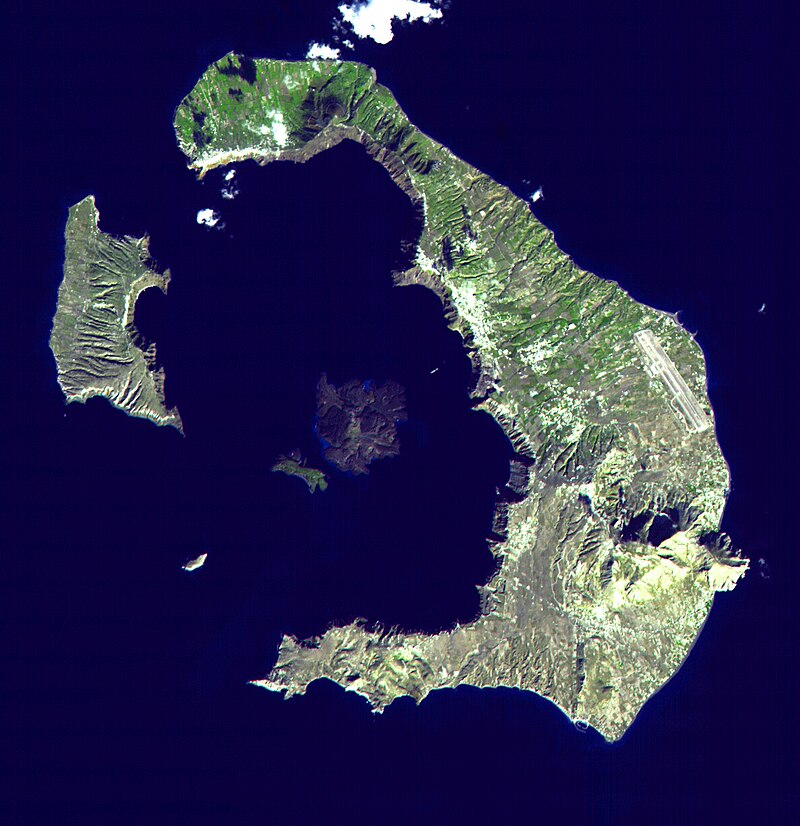
SANTORINI
(THERA) - Is one possible location for Atlantis. First described by Plato, the sunken city of Atlantis has exerted a strong hold over the popular imagination. For some, this myth is just that, to others (including amateur archaeologists and theorists), the actual geographical location is something worthy of serious investigation. While there’s no firm consensus on where it was – although it’s agreed that it certainly isn’t under water – Malta remains a strong contender. The reason? The island is home to some incredibly ancient structures, including the Ġgantija temples, the Ta’ Ħaġrat Temples and the Skorba Temples. The oldest of which date back to 3600 BC, making them some of the oldest ruins in the world. Are these really the remnants of Atlantis’ lost civilization? Who knows, but they certainly look impressive.
TIMES OF MALTA 13 NOVEMBER 2006 - IS MALTA REALLY PART OF ATLANTIS?
It is said that thousands of years ago a sequential number of cataclysmic earthquakes and volcanic eruptions crushed a chain of mountains that once joined Europe and Africa together (Pillars of Herculis). The ocean water disintegrated the lower land that once existed under the
Mediterranean
Sea.
By time, the ocean water settled and the Mediterranean Sea was created. Obviously, the higher land survived the floods and several islands were formed. Thus, this new basin which came into being and which separated the two great continents became an arena of warfare and conflicts among the powerful maritime nations.
This great catastrophe separated Malta and Gozo from the mainland and, thus, the Maltese islands were formed. Now, according to Plato's dialogues Timaeus and Critias, another catastrophic eruption occurred and the island of Atlantikos (the mother land) was submerged under the sea in the span of a single day and night.
From ancient times, several scholars have written about the existence of Atlantika but, unfortunately, never found its exact location. For the last two centuries this mysterious island confused hundreds of scientists and researchers through their findings. Evidently, these findings shaped new theories and pinpointed different sites around the world as the possible location of Atlantis. These theories hint at various locations in the Mediterranean Sea, such as Crete, Santorini, Cyprus, Malta, Sahara, Sardinia, the Middle East, Troy, the Canary Islands and
Ireland in the Atlantic.
To my surprise I found that some of these theories also identify Atlantis in Central and Southern American countries (Bolivia and Peru) because the ruins of some ancient temples, to a certain extent, bear undeniable resemblance to that of Atlantis. Indonesia in the
Pacific Ocean is also a possible site!
Unfortunately these assumptions have confused thousands of enthusiastic readers interested in this controversial subject. In Plato's dialogues Timaeus and Critias we find a clear description of what remained of Atlantika. It describes the remains of this once great city as the skeleton of a body due to its scattered remains on a number of small islands. Note that it only indicates a group of islands and not a part of a continent!
Everyone agrees that when Plato, together with Krantor, visited the temple of Neith at Sais, in Egypt, and saw the story of Atlantika engraved on the temple columns he located these remains in the western ocean (what is now referred to as the Mediterranean Sea). His visit to Egypt reaffirmed that Solon's (Athenian statesman and lawgiver) manuscript Atlantikos, written some 200 years before, was a historical fact and not a myth.
It is proven that the Greeks were not a seafaring people. If there was any sort of conflict between the Athenians (east forces) and Atlanteans (west forces), which, ultimately, according to the
Egyptian high priest Psonchis in Solon's manuscript Atlantikos, resulted in a military encounter between them on Atlantika soil, it was eventually followed by a catastrophic disaster that submerged this island under the sea.
Therefore, one can conclude that the island of Atlantis was not distant from Greece as presumed by many theories which identify it with the South American continent.
In 1854, Giorgio Grongnet, the renowned Maltese architect, claimed that the Maltese islands are the remnants of Atlantide. This assertion came after an intense research about this enigmatic island which seemed already a controversial subject at his time. One should add that this theory was brought to the fore again by Maltese authors Anton Mifsud (Echoes Of Ploto Island) and Frances Galea (Malta Fdal Atlantis) and through other interesting articles published on local papers and magazines by various writers.
Fortunately, the theory that the Maltese islands in ancient times formed part of a larger island known as Atlantide is gaining acceptance among world-renowned scholars and researchers on this subject. The fact that on the Maltese islands we find several ancient temples (Il-Ggantija, l-Imnajdra, Hagar Qim) and the Hypogeum at Tarxien, proves that these ancient remains are more than a mere evidence that an advanced technological civilisation settled in Malta about 8,000 years ago.
But more than that, the fact that Malta is not so distant from Greece and that the Maltese islands together with the volcanic islands of Pantalleria and Lampedusa fall exactly into the description given by Plato, shows that these islands are part of the skeleton of the country left floating in the central Mediterranean to bear witness of Atlantis.
There are those who think that if this theory is proved scientifically then Malta can surely be referred to as the cradle of civilisation. At the same time, however, it will be a great challenge to local historians to rewrite and update our prehistory.
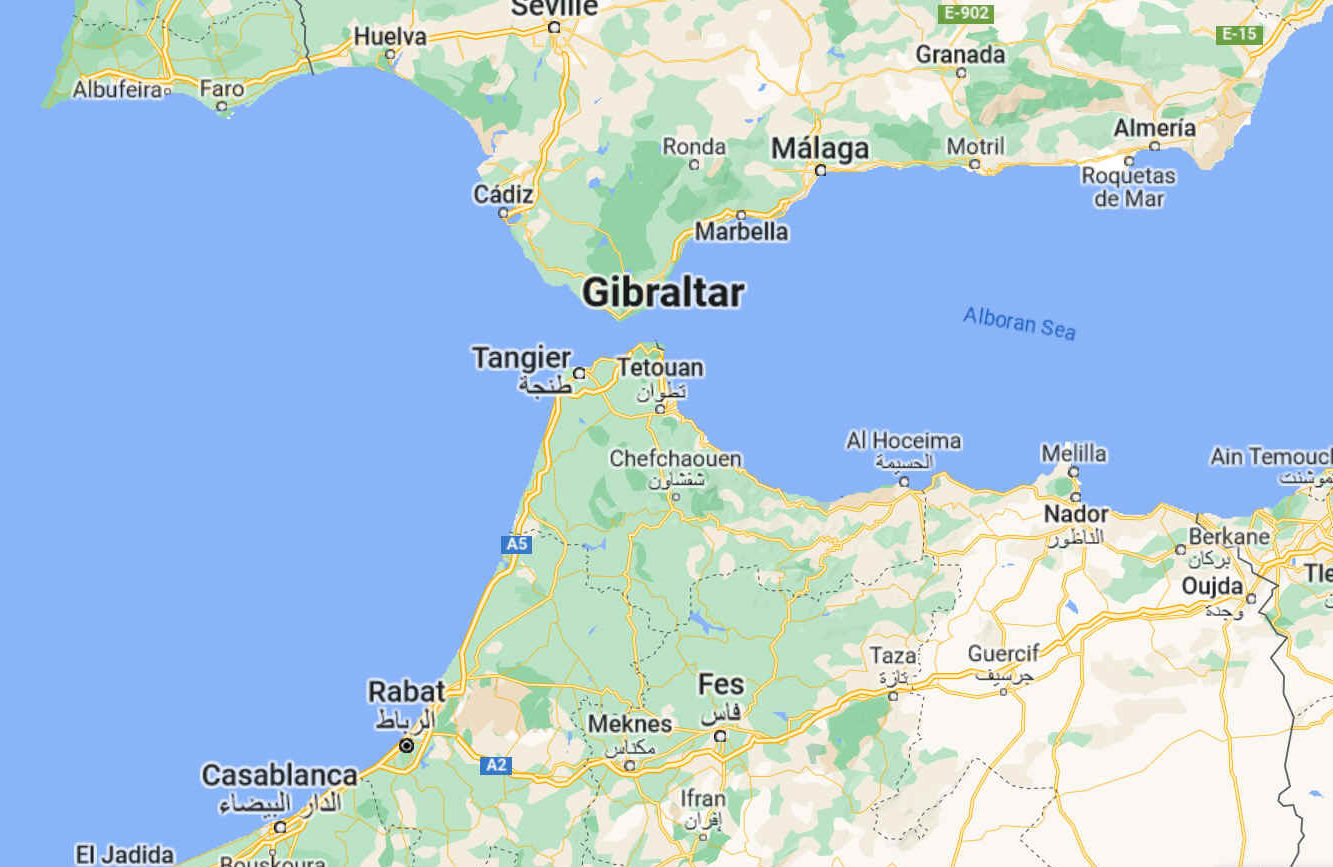
GUIDE TO MALTA.COM - 5 CONVINCING REASONS WHY MALTA COULD BE THE ANCIENT ATLANTIS
The notion that Malta could be Atlantis has cropped up at different instances within national media for years, but could there be any truth in it? And did Atlantis even really exist?
The evidence is reasonable convincing, but not (yet) conclusive.
PLATO'S DIALOGUES
Although almost everyone has heard about Atlantis, most historians and archaeologists dismiss it as legend. Yet Plato has never so vividly described anything as much as this place, nor has he ever said anything that was untrue in any of his writings. Why this was to be an exception is quite strange.
Plato describes Atlantis in his dialogues Timaeus and Critias. Over the years, several attempts have been made to discern the location of this amazing place that mysteriously disappeared ‘in a single day and night of misfortune’ which included earthquakes and floods.
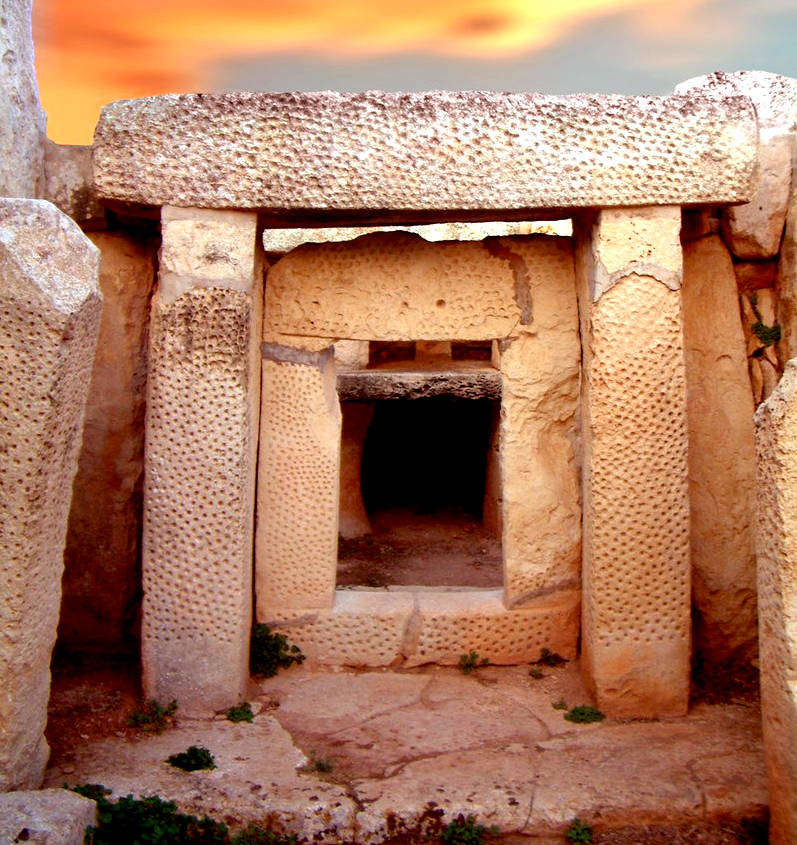
SO IS MALTA ATLANTIS?
Malta keeps coming up as a contender, along with several other Mediterranean locations such as the Greek island of Santorini, the Azores Islands in the Atlantic and a rather convincing new contender: the Eye of
Africa in the heart of the Sahara desert.
What evidence points to Malta being Atlantis?
1. IT IS IN THE MEDITERRANEAN
Although many assumed, due to the name, that Atlantis should be found in the Atlantic Ocean, several clues point to the Mediterranean. Plato described Atlantis as being ‘inside’ the Pillars of Hercules, or the Straits of Gibraltar, which once upon a time kept the Atlantic Ocean from flooding the Mediterranean Basin. The crumbling of the mountains that connected Africa to Europe and resulting flood would also fit Plato’s descriptions of how Atlantis disappeared.
2. MALTA WAS ONCE MUCH BIGGER
The same flood caused the Maltese Islands. Al Nika, an independent Greek researcher, urges investigation of a possible archaeological site identified off the coast of Malta known as Gebel gol-Bahar. He suggests that the ruins of Atlantis lie in this location on the sea bed, and has dedicated an entire website to offering evidence that Malta could actually be Atlantis.
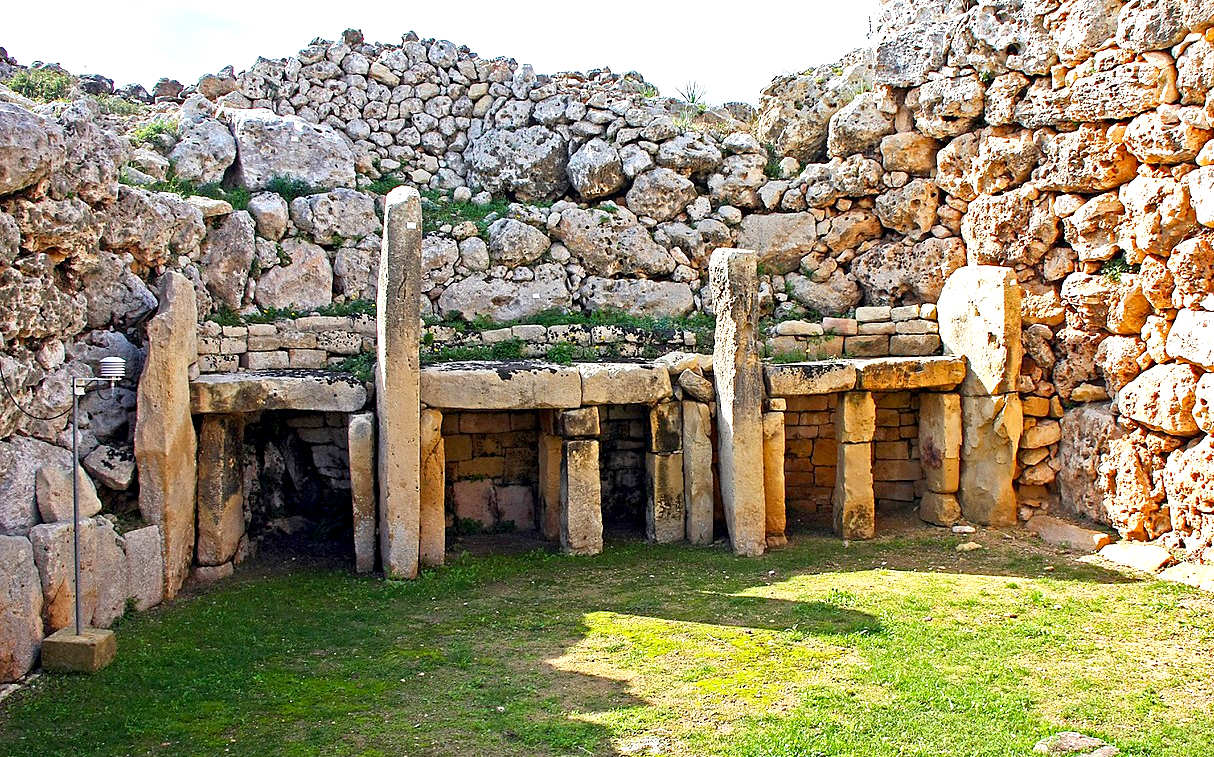
3. MALTA HAS THE WORLD'S OLDEST BUILDING
Indeed, Malta has the oldest free-standing manmade structures in the world. There are a staggering 35 Megalitic Temples within an area of just 316 km². Older than the Pyramids and Stonehenge, extraordinary in their construction and precise in their astrological alignment, these structures could indicate that an advanced ancient civilisation once inhabited the area. We call them ‘temples’ but virtually nothing is actually known about what these buildings were, why they were built and who built them.
4. THE INTEREST IS REALLY GREAT
There is enough in Malta that fits the clues in Plato’s description to have captured the interest of many a researcher, some becoming quite convinced. Maltese architect Giorgio Grognet had already proposed the idea that the Maltese Islands are the remnants of Atlantis 1854. Francis Galea further published the book Malta fdal Atlantis (Maltese remains of Atlantis) in 2002 and Francis Xavier Alojsio a trilogy supporting the notion that Malta really is Atlantis.
5. IT'S ALREADY IN THE NAME
Some believe that the most fundamental evidence that Atlantis is Malta is hidden right before our eyes. Malta is ‘Atlas’ spelt backwards, which makes some sense when we consider that Early Greek was written right-to-left, just like Phoenician. Interestingly, the Letter S or Sigma in Greek is written much like an M!
While other contenders, such as the Eye of Africa, also propose some very good reasons for being the location of the ancient Atlantis, the ones pointing at Malta cannot be denied. What do you think? Could
Malta hold the remains of Plato’s ancient advanced civilisation of
Atlantis?
GEOGRAPHY
Malta is an archipelago in the central Mediterranean (in its eastern basin), some 80 km (50 mi) from southern Italy across the Malta Channel. Only the three largest islands—Malta (Malta), Gozo (Għawdex), and Comino (Kemmuna)—are inhabited. The islands of the archipelago lie on the Malta plateau, a shallow shelf formed from the high points of a land bridge between Sicily and North Africa that became isolated as sea levels rose after the last ice
age. The archipelago is located on the African tectonic plate. Malta was considered an island of North Africa for centuries.
Numerous bays along the indented coastline of the islands provide good harbours. The landscape consists of low hills with terraced fields. The highest point in Malta is Ta' Dmejrek, at 253 m (830 ft), near Dingli. Although there are some small rivers at times of high rainfall, there are no permanent rivers or lakes on Malta. However, some watercourses have fresh water running all year round at Baħrija near Ras ir-Raħeb, at l-Imtaħleb and San Martin, and at Lunzjata Valley in Gozo.
Phytogeographically, Malta belongs to the Liguro-Tyrrhenian province of the Mediterranean Region within the Boreal Kingdom. According to the WWF, the territory of Malta belongs to the terrestrial ecoregion of Tyrrhenian-Adriatic sclerophyllous and mixed forests.
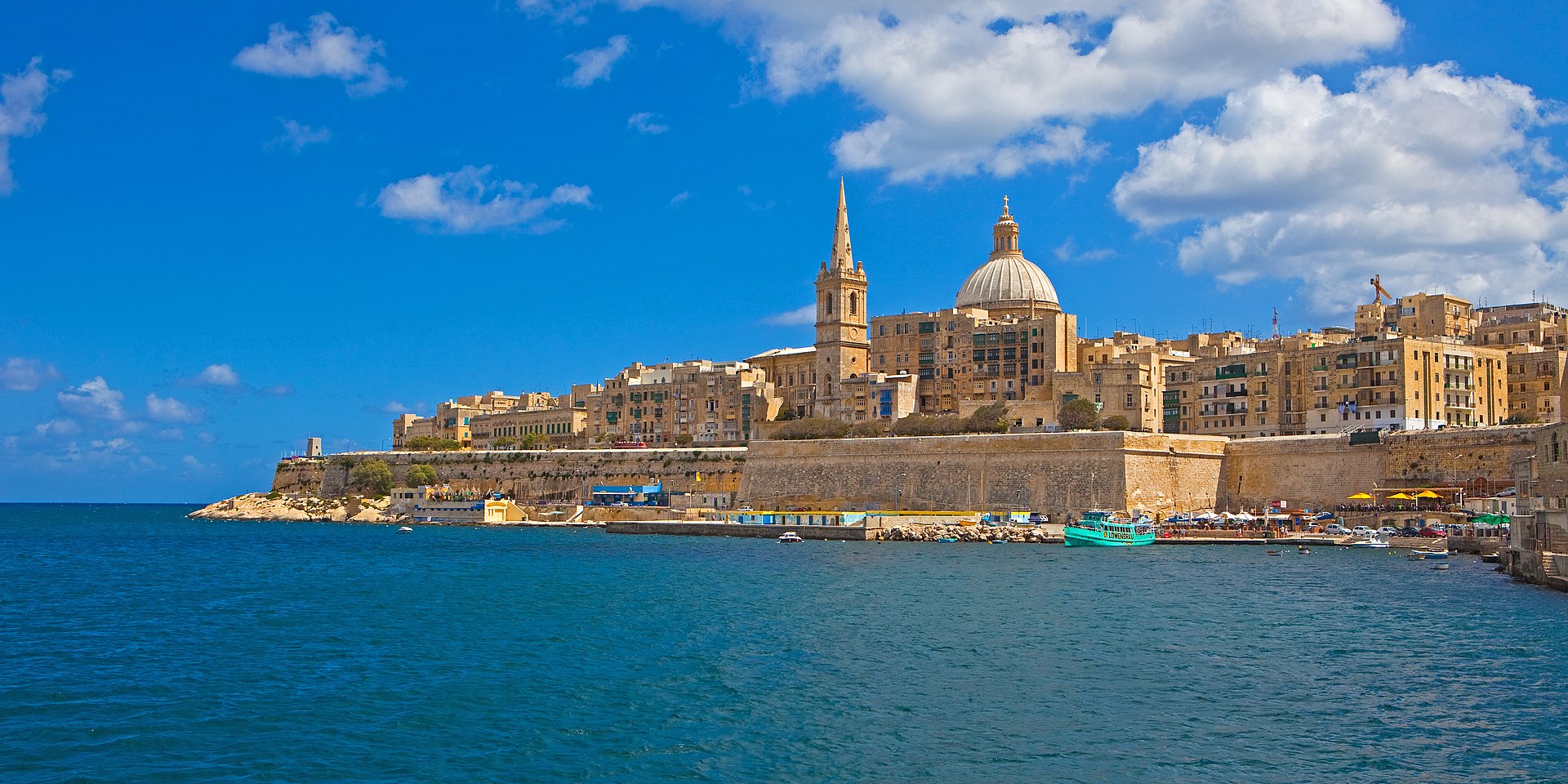
MINOAN
VOLCANIC
ERUPTION
The
Minoan eruption was a catastrophic volcanic eruption that devastated the
Aegean island of Thera (also called
Santorini) circa 1600 BCE. It destroyed the Minoan settlement at Akrotiri, as well as communities and agricultural areas on nearby islands and the coast of Crete with subsequent earthquakes and paleotsunamis. With a VEI magnitude between 6 and 7, resulting in an ejection of approximately 30–80 km3 (7.2–19.2 cu mi) of dense-rock equivalent (DRE), the eruption was one of the largest volcanic events on
Earth in human history. Since tephra from the Minoan eruption serves as a marker horizon in nearly all archaeological sites in the Eastern
Mediterranean, its precise date is of high importance and has been fiercely debated among archaeologists and volcanologists for decades, without coming to a definite conclusion.
Although there are no clear ancient records of the eruption, its plume and volcanic lightning may have been described in the
Egyptian Tempest Stele. The Chinese Bamboo Annals reported unusual yellow skies and summer frost at the beginning of the Shang dynasty, which may have been a consequence of volcanic winter (similar to 1816, the Year Without a Summer, after the 1815 eruption of Mount Tambora).
https://www.guidememalta.com/en/5-convincing-reasons-why-malta-could-be-the-ancient-atlantis
https://timesofmalta.com/articles/view/is-malta-really-part-of-atlantis.35351
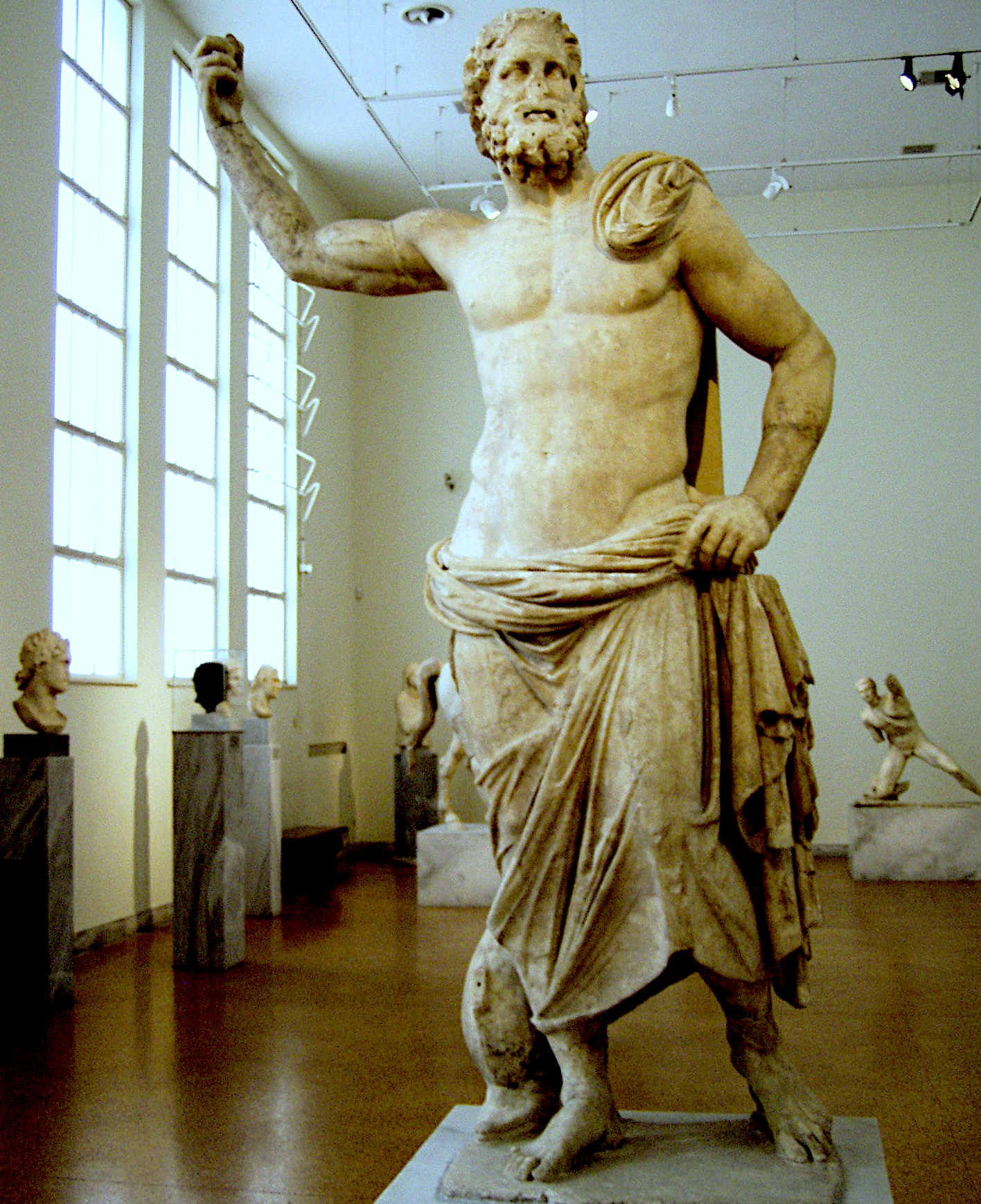
POSEIDON
Neptune
Poseidon
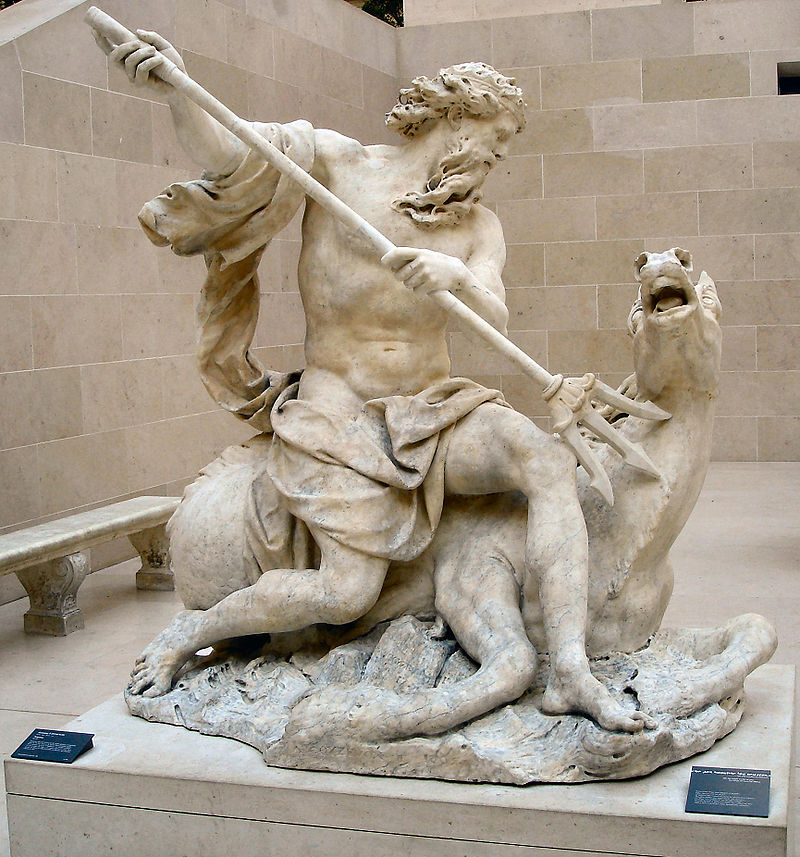
NEPTUNE
|









